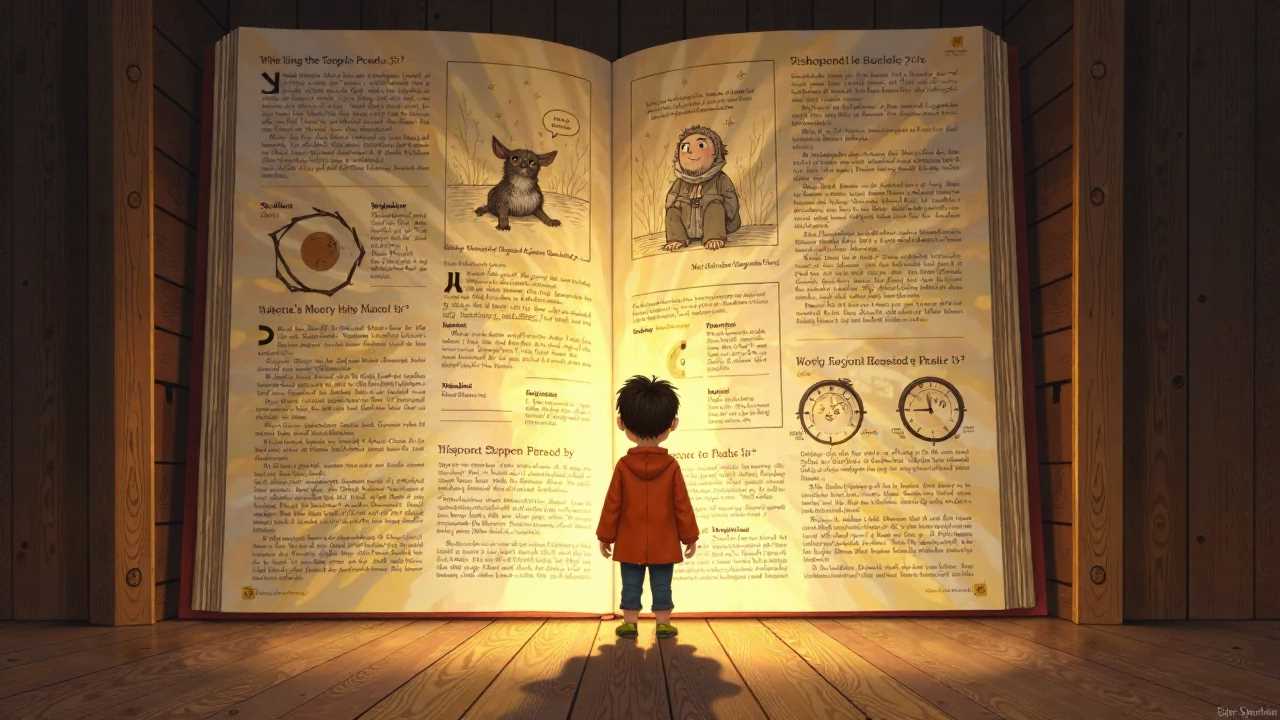
Understanding Backstory Integration
Backstory integration is a fundamental aspect of storytelling that enhances the depth and richness of narratives. It involves weaving a character's history seamlessly into the main storyline, allowing readers to gain insight into motivations, fears, and desires. By effectively integrating backstory, we create a more immersive experience that resonates emotionally with our audience. This article will explore how backstory integration can elevate character development, narrative structure, world-building, plot progression, thematic depth, and emotional resonance.
The Role of Character Development in Backstory Integration
Character development is the backbone of any compelling story. When we integrate backstory, we provide context that shapes our characters’ personalities and decisions. A well-developed character is not merely a collection of traits; they are a product of their experiences. For instance, consider a character who has faced significant loss. Their backstory may reveal how this loss has influenced their relationships and choices throughout the narrative. By revealing these layers, we create characters that feel authentic and relatable.
To achieve effective character development through backstory integration, we must ask ourselves critical questions about our characters’ histories. What pivotal moments have shaped their lives? How do these experiences inform their current actions? By answering these questions, we can craft characters that resonate deeply with readers, making them more invested in the story.
Crafting a Cohesive Narrative Structure
A cohesive narrative structure is vital for maintaining reader engagement. Backstory integration plays a crucial role in ensuring that the narrative flows logically and compellingly. When we introduce backstory at strategic points, we can enhance the tension and intrigue of the plot. For example, revealing a character's traumatic past during a climactic moment can heighten emotional stakes, making the narrative more gripping.
To create a well-structured narrative, we should consider the placement of backstory elements. Flashbacks, dialogue, and internal monologues are effective techniques for integrating backstory without disrupting the flow of the main plot. By skillfully balancing present action with past events, we can create a layered narrative that captivates readers.
World-Building Through Backstory
World-building is an essential component of storytelling that establishes the setting and context for the narrative. Backstory integration enriches world-building by providing historical context that informs the current state of the world within the story. For instance, a fantasy world may have a rich history of conflict that shapes its political landscape. By weaving this backstory into the narrative, we create a more immersive experience for readers.
When crafting our world, we should consider how the backstory of the setting influences the characters and plot. Are there cultural traditions rooted in historical events? How do past conflicts affect present relationships? By answering these questions, we can create a world that feels alive and interconnected, enhancing the overall storytelling experience.
Driving Plot Progression with Backstory
Plot progression is the engine that drives a story forward. Backstory integration can serve as a catalyst for plot development, providing motivations and stakes that propel characters into action. When characters are deeply affected by their past, their decisions in the present become more impactful.
For example, a character seeking revenge for a past injustice will have a clear motivation that influences their actions throughout the story. By integrating this backstory, we create a sense of urgency and purpose that keeps readers engaged. As the plot unfolds, the consequences of past actions can lead to unexpected twists and turns, making the narrative more dynamic.
Exploring Thematic Depth
Thematic depth is what elevates a story from mere entertainment to a profound exploration of human experience. Backstory integration allows us to explore themes such as redemption, loss, and identity in a nuanced way. By revealing characters’ histories, we can highlight the complexities of their journeys and the universal truths they embody.
For instance, a character who has overcome adversity may embody themes of resilience and hope. By integrating their backstory, we can illustrate how their past struggles have shaped their worldview. This thematic depth resonates with readers, prompting them to reflect on their own experiences and the broader human condition.
Creating Emotional Resonance
Emotional resonance is the heart of storytelling. When readers connect with characters on an emotional level, they become invested in the narrative. Backstory integration is a powerful tool for eliciting empathy and understanding. By revealing the vulnerabilities and struggles of our characters, we invite readers to share in their journeys.
To create emotional resonance through backstory, we should focus on the emotional core of our characters. What fears and desires drive them? How do their past experiences shape their relationships with others? By exploring these elements, we can craft moments that evoke genuine emotion, making the story more impactful.
The Art of Backstory Integration
Mastering backstory integration is an art that can significantly enhance our storytelling. By focusing on character development, narrative structure, world-building, plot progression, thematic depth, and emotional resonance, we can create rich, immersive narratives that captivate readers. As we continue to hone our craft, let us embrace the power of backstory to elevate our storytelling to new heights.
 Writing TipsCreative WritingJournalingSketching TechniquesBuying GuidesPrivacy PolicyTerms And Conditions
Writing TipsCreative WritingJournalingSketching TechniquesBuying GuidesPrivacy PolicyTerms And Conditions
